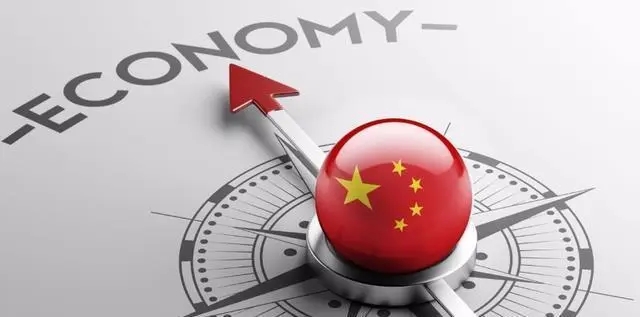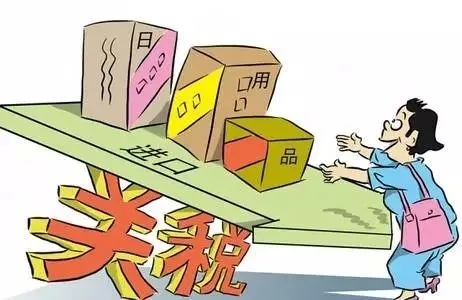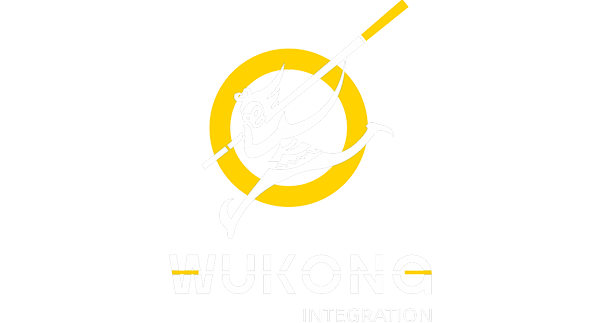Post-Covid area, boosting the economy growth is simply all policies are about.

There are several alterations of policies concerning the imported goods to China. The first for most is a series of lowering of tariff: at the beginning of 2023, apply provisional import tariff rate lower than MFN tariff rate to 1020 commodities. From January 2, the agreed tax rate of the Regional Comprehensive Economic Partnership Agreement (RCEP) will be applied to some commodities originating in Indonesia; From July 1, the eighth step of tax reduction will be implemented for 62 information technology products at the most-favored-nation tax rate.

In this tariff adjustment schedule, "reduction" becomes the key word.
Recent years, China has successively reduced the import tariffs of related commodities, boosting the entry of global good goods into the Chinese market, not only meeting the domestic consumption upgrading and enterprise production needs, but also providing countries with broader market opportunities to share the dividends of China's opening up.
After sorting out the adjusted catalogue, there were many medical products, such as the implementation of zero tariff on some anti-cancer drug raw materials, and medical products such as dentures, vascular stent raw materials, contrast agents, etc.
Daily consumer goods are another focus of this tariff adjustment. The import tariff of mixed food for infants and young children, as well as small household appliances such as coffee machines, juicers, hair dryers and so on will be reduced in 2023. Among them, the tax rate some commodities decreased by more than 50%.

At present, China's consumer demand for foreign consumer goods has increased. This tax reduction is conducive to complying with the trend of consumption upgrading and meeting the new demand of residents with high-quality supply; Meanwhile, it is beneficial for imported products to compete with domestic products, guiding the transformation and upgrading of the supply system, keeping pace with changes in consumer demand, and achieve dynamic balance between supply and demand at a higher level.
At the same time, on micro level, with the resuming of overseas travelling and alleviation of all restrictions travelling bans, we witnessed high time of Chinese going abroad.
According to customs data, China's cross-border e-commerce import and export (including B2B) will be 2.11 trillion yuan in 2022, up 9.8% year on year. Among them, export was 1.55 trillion yuan, up 11.7% year on year, and import was 0.56 trillion yuan, up 4.9% year on year.
It is predicted that in 2023, the import of high-quality products from various countries will be expanded, so as to stabilize the global trade supply chain.
Previously, in order to revitalize consumption and release the potential of cross-border import consumption, the industry has repeatedly raised the personal quota of cross-border e-commerce.
With the expansion of many positive lists, the number of cross-border goods that can be purchased has increased, but the quota has remained unchanged at 26,000 yuan for four years. With the expansion of goods with high unit price per customer, the confinement of single transaction limit needs to be adjusted accordingly.

This year, the overseas exit will resume, and the overseas consumption boom will also come.
Overseas consumption has the characteristics of high-end and luxury, and the middle and high income groups are the main audience for tax-free consumption.
According to the statistics of the Immigration Administration, the number of people with passports in China by 2020 is about 210 million, accounting for 14.9% of the total population, which means that many citizens have the conditions to leave the country.
In 2018, Chinese citizens' overseas travel expenditure ranked the first in the world, reaching 277.3 billion dollars in the whole year. In the first half of 2019, China's travel expenditure reached 127.5 billion dollars. The increase of the cross-border import quota can enable some of the middle and high consumption incomes to spend their consumption on cross-border channels and attract some of the trillions of yuan of overseas consumption to the domestic market.

Previously, we also communicated with the cross-border industry, hoping that the cross-border import limit could be raised to 50,000 - 80,000 and raised to 80,000 - 100,000 in a single transaction to meet and stimulate cross-border import consumption.
Three years of epidemic has greatly impacted the cross-border import industry. Although there is less capital from venture capital, the financing from listed companies and state-owned enterprises has increased, and the dependence and recognition of the overall market and consumers on cross-border channels have been formed, effectively meeting the demand of consumption upgrading and reducing consumers' demand for low-cost and high-quality parallel import channels.
If in the past three years, waiting the pandemic to end is a reasonable and conservative business decision, then catching the booming trend right now is the opportunity many had been seeking. On state level the favourable policy is for guidance. At province and city level, there are usually more pragmatic benefits to attract foreign investment and bring in overseas business to land locally.
Contact us to find out more.


There are several alterations of policies concerning the imported goods to China. The first for most is a series of lowering of tariff: at the beginning of 2023, apply provisional import tariff rate lower than MFN tariff rate to 1020 commodities. From January 2, the agreed tax rate of the Regional Comprehensive Economic Partnership Agreement (RCEP) will be applied to some commodities originating in Indonesia; From July 1, the eighth step of tax reduction will be implemented for 62 information technology products at the most-favored-nation tax rate.

In this tariff adjustment schedule, "reduction" becomes the key word.
Recent years, China has successively reduced the import tariffs of related commodities, boosting the entry of global good goods into the Chinese market, not only meeting the domestic consumption upgrading and enterprise production needs, but also providing countries with broader market opportunities to share the dividends of China's opening up.
After sorting out the adjusted catalogue, there were many medical products, such as the implementation of zero tariff on some anti-cancer drug raw materials, and medical products such as dentures, vascular stent raw materials, contrast agents, etc.
Daily consumer goods are another focus of this tariff adjustment. The import tariff of mixed food for infants and young children, as well as small household appliances such as coffee machines, juicers, hair dryers and so on will be reduced in 2023. Among them, the tax rate some commodities decreased by more than 50%.

At present, China's consumer demand for foreign consumer goods has increased. This tax reduction is conducive to complying with the trend of consumption upgrading and meeting the new demand of residents with high-quality supply; Meanwhile, it is beneficial for imported products to compete with domestic products, guiding the transformation and upgrading of the supply system, keeping pace with changes in consumer demand, and achieve dynamic balance between supply and demand at a higher level.
At the same time, on micro level, with the resuming of overseas travelling and alleviation of all restrictions travelling bans, we witnessed high time of Chinese going abroad.
According to customs data, China's cross-border e-commerce import and export (including B2B) will be 2.11 trillion yuan in 2022, up 9.8% year on year. Among them, export was 1.55 trillion yuan, up 11.7% year on year, and import was 0.56 trillion yuan, up 4.9% year on year.
It is predicted that in 2023, the import of high-quality products from various countries will be expanded, so as to stabilize the global trade supply chain.
Previously, in order to revitalize consumption and release the potential of cross-border import consumption, the industry has repeatedly raised the personal quota of cross-border e-commerce.
With the expansion of many positive lists, the number of cross-border goods that can be purchased has increased, but the quota has remained unchanged at 26,000 yuan for four years. With the expansion of goods with high unit price per customer, the confinement of single transaction limit needs to be adjusted accordingly.

This year, the overseas exit will resume, and the overseas consumption boom will also come.
Overseas consumption has the characteristics of high-end and luxury, and the middle and high income groups are the main audience for tax-free consumption.
According to the statistics of the Immigration Administration, the number of people with passports in China by 2020 is about 210 million, accounting for 14.9% of the total population, which means that many citizens have the conditions to leave the country.
In 2018, Chinese citizens' overseas travel expenditure ranked the first in the world, reaching 277.3 billion dollars in the whole year. In the first half of 2019, China's travel expenditure reached 127.5 billion dollars. The increase of the cross-border import quota can enable some of the middle and high consumption incomes to spend their consumption on cross-border channels and attract some of the trillions of yuan of overseas consumption to the domestic market.

Previously, we also communicated with the cross-border industry, hoping that the cross-border import limit could be raised to 50,000 - 80,000 and raised to 80,000 - 100,000 in a single transaction to meet and stimulate cross-border import consumption.
Three years of epidemic has greatly impacted the cross-border import industry. Although there is less capital from venture capital, the financing from listed companies and state-owned enterprises has increased, and the dependence and recognition of the overall market and consumers on cross-border channels have been formed, effectively meeting the demand of consumption upgrading and reducing consumers' demand for low-cost and high-quality parallel import channels.
If in the past three years, waiting the pandemic to end is a reasonable and conservative business decision, then catching the booming trend right now is the opportunity many had been seeking. On state level the favourable policy is for guidance. At province and city level, there are usually more pragmatic benefits to attract foreign investment and bring in overseas business to land locally.
Contact us to find out more.










